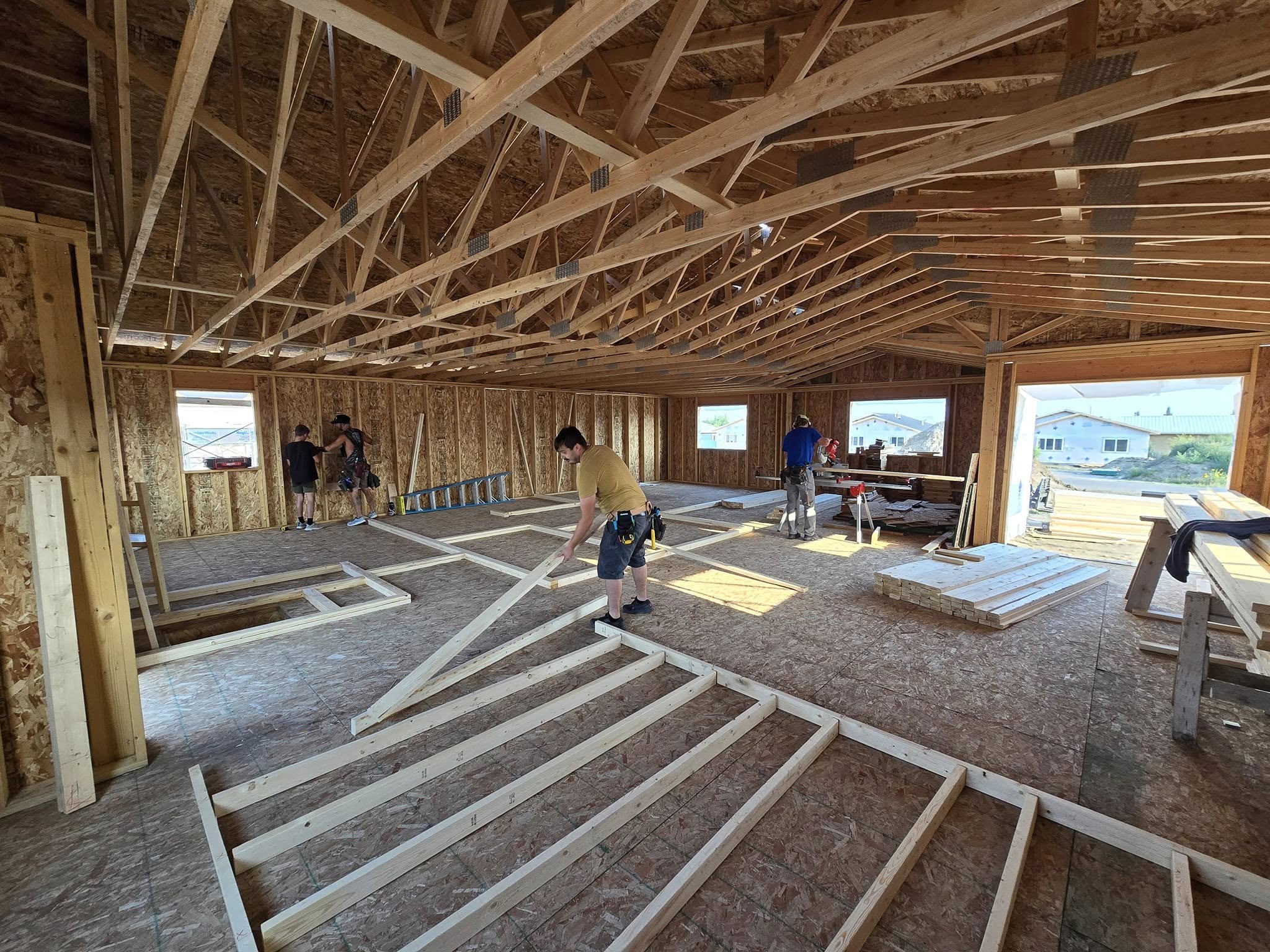There’s a clever term that gets thrown around in densely populated and densely developed areas like New Jersey, where all the land’s spoken for. It’s called “built out,” as in “this is a built-out community and there’s no more room for development.”
it usually seems like a conversation killer, particularly in New Jersey’s affordable housing world, where, for now, towns must abide by a growth share model when developing affordable housing. But here in the Garden State, where appellate courts have struck down the state’s growth share model not once, but twice, the idea that growth will take place on some vacant plot, a sold farm, or a former estate is less and less likely to occur.
“We are dealing with finite land resources, and the suburban frontier can no longer be pushed,” said Steve Eisdorfer last week on an inclusionary redevelopment panel at the annual conference held by New Jersey Future, a statewide smart growth and planning organization. Eisdorfer, a land use lawyer whose firm, Hill Wallack, deals heavily in housing, consumer fraud, and civil rights, was, of course, making the case for redevelopment, and how growth must now occur in developed areas.
It’s not a particularly new concept, of course, but it’s one that might finally start taking serious hold if the governor here is really determined on reexamining the state plan as he’s said he would. The State Plan, established in 1985, basically calls for growth boundaries, a bit like they have in Oregon. Specifically, the State Plan calls for a comprehensive planning scheme to “conserve [the state’s] natural resources, revitalize its urban centers, protect the quality of its environment, and provide needed housing and adequate public services at a reasonable cost while promoting beneficial economic growth, development and renewal.”
In a nutshell, Eisedorfer said, “developable land is no longer vacant land, it is land allowed for redevelopment.”
New Jersey’s affordable housing policy is under serious debate right now, and recent legislation that would effectively end the court-ordered affordable housing delivery service, places a heavier emphasis on redevelopment, but we have to watch how, if this legislation is passed, towns will interpret the law. The overriding point of this particular panel was to suggest that areas otherwise known as “built out” can successfully include affordable housing by way of mixed-income housing into redevelopment projects.
“Inclusionary housing is not just an affordable housing policy. It’s an equity policy,” writes Patrick Maier, the executive director of the Innovative Housing Institute, the managing partner of the National Inclusionary Housing Conference, in the upcoming issue of Shelterforce, a point that was roundly echoed by James Harris, the president of the NJ Chapter of the NAACP at last week’s conference. “Where poeople live has a great deal to do with quality of life,” he said, referencing the court case that mandated a town’s use of inclusionary zoning. “When we look at Mt. Laurel, we look at how we get equality of education, housing, police protection, for all people.
If housing advocates place real pressure on the administration to pursue the State Plan, all the things we talk about when we talk about affordable housing and smart growth could actually take hold, If not, we’re going to remain addressing growth boundaries in abstractions, ruminating on the myriad improvements.




Comments